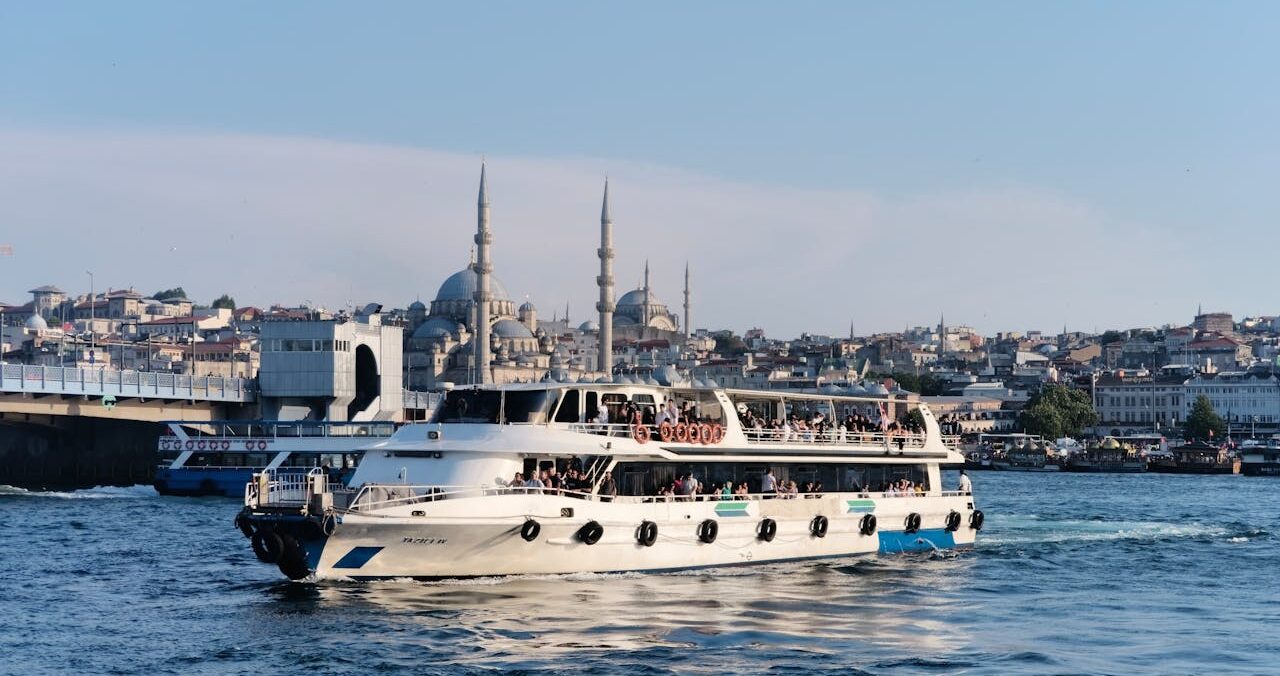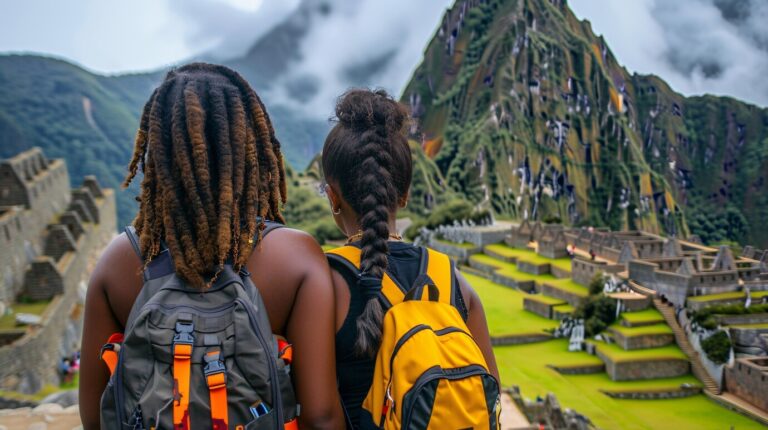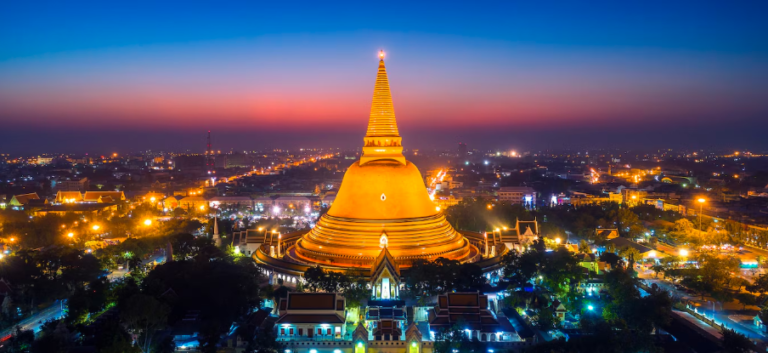Hagia Sophia In Istanbul, Turkey How To Visit
The Hagia Sophia, also known as Ayasofya, is one of the most iconic landmarks in Istanbul, Turkey, and a symbol of the city’s rich history. Originally built as a cathedral, later converted into a mosque, then a museum, and now once again a mosque, the Hagia Sophia has stood the test of time and remains a must-visit destination for travelers. This guide will provide you with everything you need to know about visiting the Hagia Sophia, including its history, architectural highlights, and practical tips for your visit.
History of Hagia Sophia
Byzantine Era
The Hagia Sophia was originally constructed as a cathedral by the Byzantine Emperor Justinian I between 532 and 537 AD. It served as the cathedral of Constantinople and was the world’s largest cathedral for nearly a thousand years. The name “Hagia Sophia” means “Holy Wisdom,” and the building was designed to symbolize the divine wisdom of God.
The Hagia Sophia was the center of Orthodox Christianity and the site of many important events in Byzantine history, including coronations of emperors and religious ceremonies.
Ottoman Era
In 1453, when the Ottoman Empire, led by Sultan Mehmed II, conquered Constantinople, the Hagia Sophia was converted into a mosque. Islamic features such as minarets, a mihrab (prayer niche), and a minbar (pulpit) were added to the structure, while Christian mosaics were covered but not destroyed. The Hagia Sophia served as the principal mosque of Istanbul for nearly 500 years.
Modern Era
In 1935, under the secular reforms of Mustafa Kemal Atatürk, the Hagia Sophia was converted into a museum, allowing visitors to appreciate its Christian and Islamic heritage. In 2020, it was reconverted into a mosque, but it remains open to visitors of all faiths.
Architectural Highlights
The Dome
One of the most remarkable features of the Hagia Sophia is its massive dome, which spans 31 meters in diameter and soars 55 meters above the floor. The dome’s engineering was revolutionary for its time, creating the impression that it is floating above the building, supported by a series of arches and columns.
Mosaics
Despite its conversion into a mosque, many of the original Christian mosaics have been preserved. Some of the most famous mosaics include:
- The Deesis Mosaic: Located in the upper gallery, this mosaic depicts Christ flanked by the Virgin Mary and John the Baptist.
- The Virgin and Child Mosaic: Situated in the apse, this mosaic shows the Virgin Mary holding the Christ Child, a classic Byzantine representation.
- Emperor Justinian and Constantine Mosaic: This mosaic shows the two emperors presenting models of the Hagia Sophia and the city to the Virgin Mary.
Islamic Elements
After its conversion into a mosque, several Islamic elements were added to the Hagia Sophia, blending the building’s Christian heritage with its new role as a mosque. These include:
- The Mihrab: The prayer niche indicating the direction of Mecca, located in the apse.
- The Minarets: Four minarets were added to the structure, each a different style, symbolizing the Islamic character of the building.
- Calligraphic Medallions: Large round medallions with the names of Allah, Muhammad, and the first four caliphs, which are prominently displayed in the nave.
Visiting Hagia Sophia
Location
The Hagia Sophia is located in the Sultanahmet district of Istanbul, close to other major attractions such as the Blue Mosque and the Topkapi Palace. The area is well-connected by public transport, including trams, buses, and taxis.
Opening Hours
The Hagia Sophia is open daily for visitors, with specific hours depending on the time of year. Generally, it is open from early morning until late afternoon. However, as it is an active mosque, it is closed to tourists during prayer times, particularly on Fridays, which is the holy day in Islam.
Entry Fees
There is no entry fee to visit the Hagia Sophia as it is a mosque. However, donations are welcome. If you plan to visit the upper galleries, where the famous mosaics are located, be sure to check if they are accessible during your visit.
Dress Code
As the Hagia Sophia is a functioning mosque, modest dress is required for all visitors. Women are required to cover their heads with a scarf, which can be brought or borrowed at the entrance. Both men and women should wear clothing that covers their shoulders and knees. Shoes must be removed before entering the main prayer hall, and bags are provided to carry your shoes.
Best Time to Visit
The best time to visit the Hagia Sophia is either early in the morning or later in the afternoon to avoid the crowds. Visiting during the off-peak season (late fall to early spring) can also provide a more peaceful experience. Avoid visiting during Friday prayers, as the mosque is closed to tourists during that time.
Guided Tours
For a more in-depth understanding of the Hagia Sophia’s history and architecture, consider joining a guided tour. Many tours offer skip-the-line access and expert commentary, helping you to fully appreciate the significance of this historic site.
Nearby Attractions
While visiting the Hagia Sophia, be sure to explore other nearby attractions in the Sultanahmet district:
- The Blue Mosque: Located directly across from the Hagia Sophia, this mosque is one of Istanbul’s most famous landmarks and is known for its stunning blue tiles.
- Topkapi Palace: The former residence of the Ottoman sultans, now a museum showcasing Ottoman artifacts, including the famous Topkapi Dagger and the Spoonmaker’s Diamond.
- Basilica Cistern: An ancient underground water reservoir with hundreds of columns, creating a mysterious and atmospheric experience.
Tips for Your Visit
- Arrive Early: To avoid long lines and crowds, try to arrive early in the morning right when the Hagia Sophia opens.
- Respect the Worshippers: Remember that the Hagia Sophia is a place of worship. Be respectful of those who are praying, especially during prayer times.
- Photography: Photography is allowed inside the Hagia Sophia, but be mindful of the lighting and avoid using flash, especially near the mosaics and prayer areas.
- Stay Hydrated: Istanbul can be hot, especially in the summer, so bring water and wear comfortable clothing and shoes.
Conclusion
Visiting the Hagia Sophia is a journey through time, offering a glimpse into the rich history and cultural heritage of Istanbul. Whether you are drawn by its architectural grandeur, its historical significance, or its spiritual atmosphere, the Hagia Sophia is a must-see destination that will leave a lasting impression. Plan your visit carefully, respect its religious importance, and take the time to fully immerse yourself in the experience of this extraordinary site.







